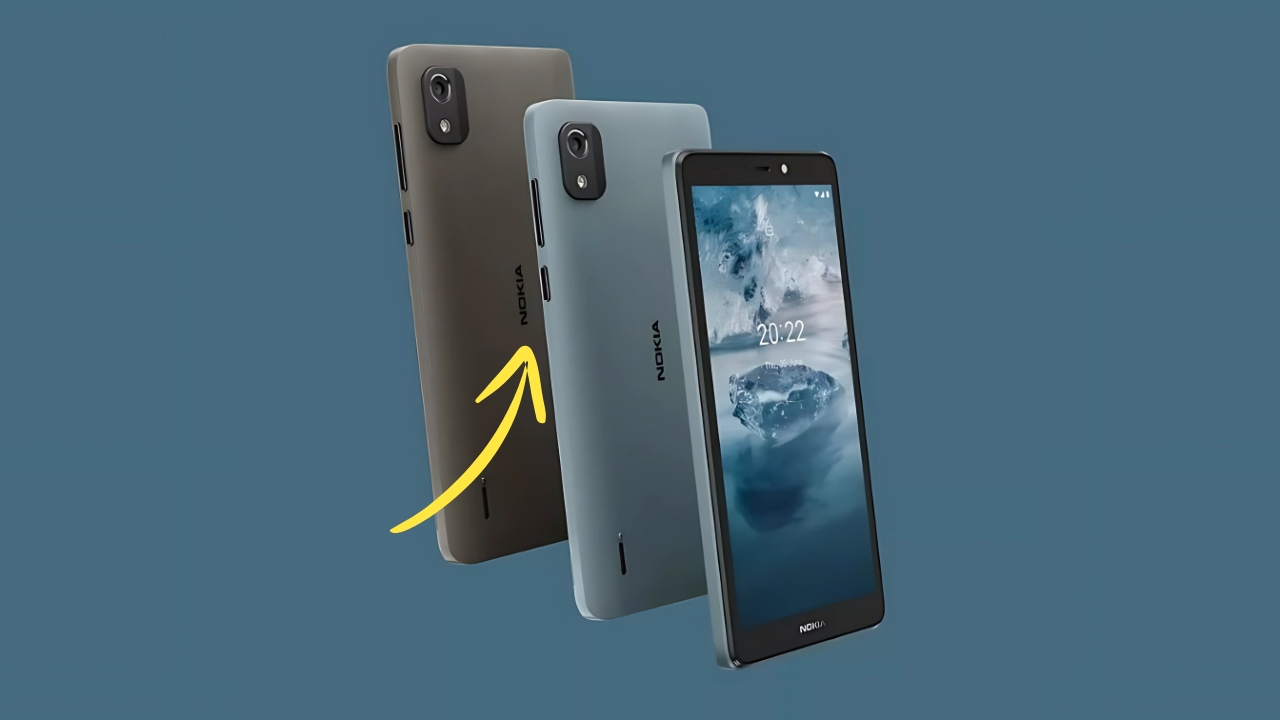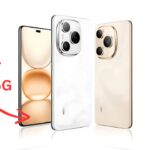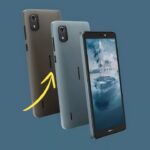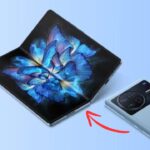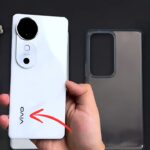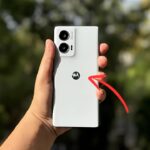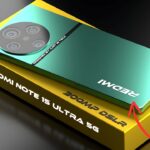Nokia C2 2nd Edition: The Nokia C2 2nd Edition represents a thoughtful approach to smartphone development focused on accessibility, reliability, and practical functionality rather than specification maximization.
As part of HMD Global’s entry-level portfolio, this device addresses fundamental communication needs for consumers entering the smartphone ecosystem or seeking a dependable secondary device.
Through strategic feature prioritization and software optimization, Nokia has created a compelling option for markets where value and durability take precedence over cutting-edge technology.
Nokia C2 2nd Edition: Design Philosophy and Construction
The Nokia C2 2nd Edition embraces a straightforward design language that prioritizes practical functionality over aesthetic trends. The device features a polycarbonate unibody construction that enhances durability while reducing manufacturing complexity.
Available in simple colorways—typically Black and Blue—these finishes maintain a professional appearance without unnecessary embellishment.
The rear panel incorporates subtle texture patterns that enhance grip while effectively resisting fingerprints. This practical approach extends to the device’s dimensions of approximately 153.95 × 75.9 × 9.55mm and weight of around 180 grams, creating a substantial feel that communicates reliability rather than prioritizing extreme slimness.
The replaceable battery design represents a deliberate choice increasingly rare in contemporary smartphones, providing practical benefits for users in regions with inconsistent power availability.
This approach enables battery replacement without specialized tools or service center visits, extending effective device lifespan.
Display Technology
The front panel houses a 5.7-inch LCD display with 720 × 1440 resolution (approximately 282 PPI). While not matching the contrast ratios or color saturation of more advanced display technologies, this implementation delivers reasonable visibility and color reproduction appropriate to the device’s positioning.
The 18:9 aspect ratio provides a more contemporary appearance than traditional 16:9 displays while maintaining compatibility with common application layouts.
The display brightness reaches approximately 400 nits, ensuring reasonable visibility under most lighting conditions though falling short of exceptional outdoor legibility.
The screen-to-body ratio of around 77% represents efficient space utilization without requiring complex manufacturing techniques that would impact affordability.
Performance Architecture
Powering the device is a basic quad-core processor clocked at 1.5GHz, typically the Unisoc SC7731E chipset designed specifically for entry-level implementations.
This straightforward architecture prioritizes reliability and efficiency over computational performance, delivering responsive operation for essential applications while minimizing power consumption.
Memory configurations include 1GB or 2GB of RAM paired with 16GB or 32GB of storage, expandable via microSD up to 256GB. These specifications ensure basic multitasking capability while providing flexibility through expandable storage—a particularly valuable feature given the limited internal capacity.
The modest processing capabilities align with the lightweight Android Go Edition operating system, which optimizes performance through specialized application versions requiring fewer resources than standard implementations.
This harmonized approach delivers reasonable responsiveness despite hardware limitations that would create frustration with full Android implementations.
Camera Implementation
Photography capabilities center around a straightforward implementation appropriate to the device’s positioning. The primary rear camera utilizes a 5MP sensor with fixed focus and LED flash, capable of capturing basic images in good lighting conditions.
This simplified approach acknowledges the camera’s likely usage for practical documentation rather than creative photography.
The front-facing camera employs a 2MP sensor adequate for basic video calls and occasional selfies. Video recording reaches 720p resolution, providing functional quality for casual documentation without unnecessary complexity.
These imaging specifications reflect deliberate prioritization of essential functionality over marketing-driven specifications that would increase cost without delivering meaningful real-world benefits given the device’s target audience and usage patterns.
Battery Technology and Efficiency
The device houses a removable 2,400mAh battery that delivers full-day usage under moderate conditions. While this capacity appears modest by contemporary standards, the efficient processor and display technologies create reasonable endurance appropriate to typical usage patterns for entry-level smartphones.
Charging utilizes standard 5W technology through micro-USB connectivity, reflecting practical considerations regarding charger availability in emerging markets rather than pursuing rapid charging capabilities that would increase complexity and cost.
The removable design provides practical benefits by allowing spare battery use for extended operation without power access—a valuable feature in regions with inconsistent electricity availability.
Software Experience
The Nokia C2 2nd Edition ships with Android 11 Go Edition, a specialized version of Android optimized for devices with limited hardware capabilities.
This implementation reduces resource requirements while maintaining essential functionality through lightweight application versions that preserve core features while minimizing overhead.
Google’s Go-branded applications—including Gmail Go, YouTube Go, and Maps Go—deliver streamlined experiences focusing on data efficiency and performance on modest hardware.
This approach acknowledges connectivity limitations often present in markets where entry-level devices predominate, providing practical functionality without assuming consistent high-speed data access.
HMD Global’s commitment to relatively clean software implementation avoids excessive customization that would impact performance, while their security update commitment provides reasonable protection though falling short of the extended support periods offered for their higher-tier devices.
Connectivity and Practical Features
Connectivity options focus on essential capabilities, featuring 4G LTE support for reliable voice and data communication. Wi-Fi 802.11 b/g/n, Bluetooth 4.2, and GPS provide standard wireless functionality without implementing newer standards that would increase component costs without delivering meaningful benefits given typical usage scenarios.
The inclusion of a 3.5mm headphone jack represents a practical feature particularly valuable in markets where wireless audio accessories remain prohibitively expensive.
The FM radio functionality provides entertainment options without requiring data connectivity—an important consideration in regions with limited or expensive internet access.
Dual SIM capability addresses practical requirements in markets where network coverage varies by provider or users maintain separate personal and professional numbers. This implementation enhances practical utility without significantly impacting manufacturing complexity.
Nokia C2 2nd Edition:
The Nokia C2 2nd Edition represents a focused approach to entry-level smartphone development, delivering essential connectivity and functionality while maintaining reasonable affordability.
By implementing Android Go Edition on appropriately matched hardware, Nokia has created a device that provides genuine smartphone capability without the frustration that would result from attempting to run full Android implementations on limited specifications.
While lacking advanced features found in more expensive alternatives, these omissions reflect thoughtful product differentiation rather than arbitrary cost-cutting.
For users prioritizing reliability, battery replaceability, and straightforward operation, the Nokia C2 2nd Edition delivers a balanced experience that acknowledges practical requirements across diverse global markets where digital inclusion remains an ongoing process rather than an accomplished reality.
